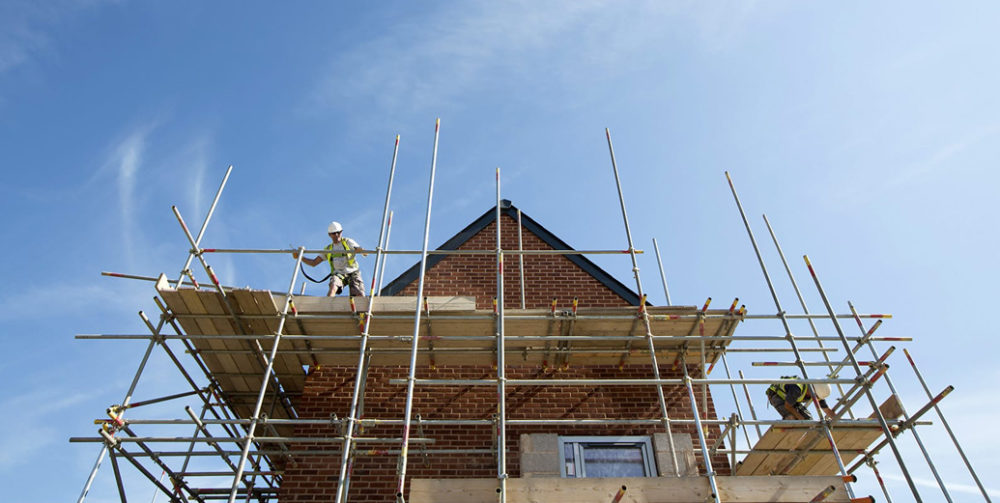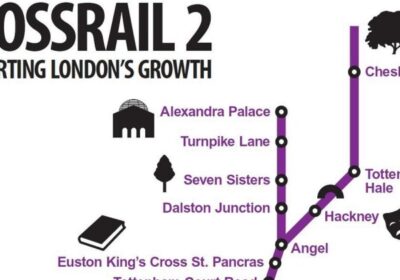We’re now in a binary residential market. The industry can either build for the rich or it can build for the Government. The middle is going to lose out. Over the past three years, build costs in the UK have risen by 23%, according to ONS data – the largest jump in 30 years. Added to this is an increase in borrowing rates – now at between 7-9% for development debt. The sector is faced with not only a big increase in pure costs, but it needs to borrow at a rate twice as much as two years ago to finance it. This is putting underwrites on deals closed in the last two years under serious strain.
There has been notional sales price inflation too and this can to an extent cover off some of the losses. However, for those developers which have the choice, it no longer adds up to build for the middle market. The margins are too thin. You either go high end or you hope you can back off your risk into affordable housing or alternative uses. The residential middle market is not a place many want to be unless you can bring huge economies of scale to bear.
What this inevitably will mean is capacity in both the development and construction sectors is going to shrink over the next two years. This is despite the demonstrated need for more homes across the country. Not a week goes by without more bad news with once respectable companies teetering on the brink of insolvency. Many have diligently built up pipelines of work over the years and assembled great management teams. It must be heart breaking to watch much of this endeavour washed away as cost inflation surges across the industry.
Disturbingly, a big gulf exists between what the industry needs to maintain some form of functionality and what Government both centrally and locally thinks is going on. Central Government checked out a long time ago.
DLUC (is that what they are called?) is busying itself with more additional levies to be placed on housebuilders and a NPPF consultation which won’t move the dial. The churn rates of Government Ministers has an impact here. With no one at a national level with any time in the brief, there can be no insight. Reliance on civil servants who have limited interaction with the industry becomes the norm and apathy and disconnects become entrenched.
The only slither of good news is the rate of inflation is likely to slow over the next two years. However, that doesn’t mean cost prices will come down. So we will continue to have a market for the very rich and a market for Government subsidised housing if grant exists.
This state of affairs represents a huge opportunity for the Labour Party to capitalise. What is needed is a thoughtful and strategic approach which recognises the importance of the middle market. Put in place the appropriate incentives and offer a clear and enduring vision and we can resuscitate the industry and build the homes this country needs.










